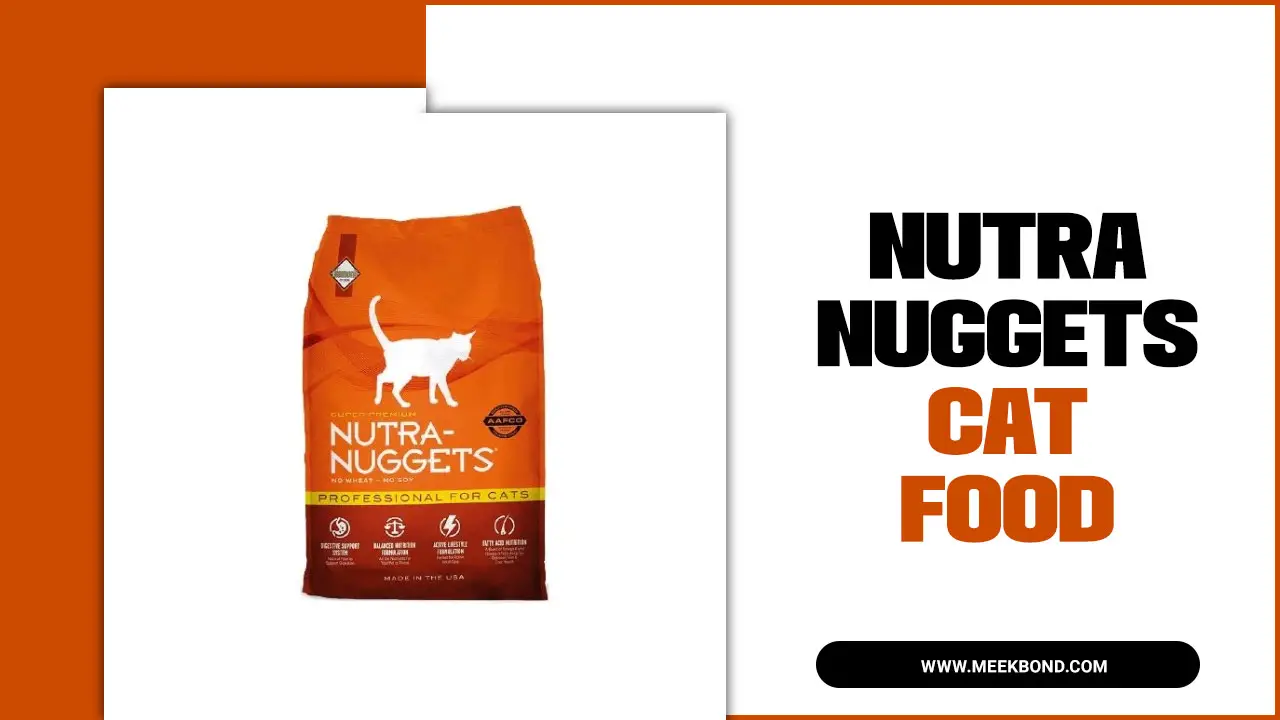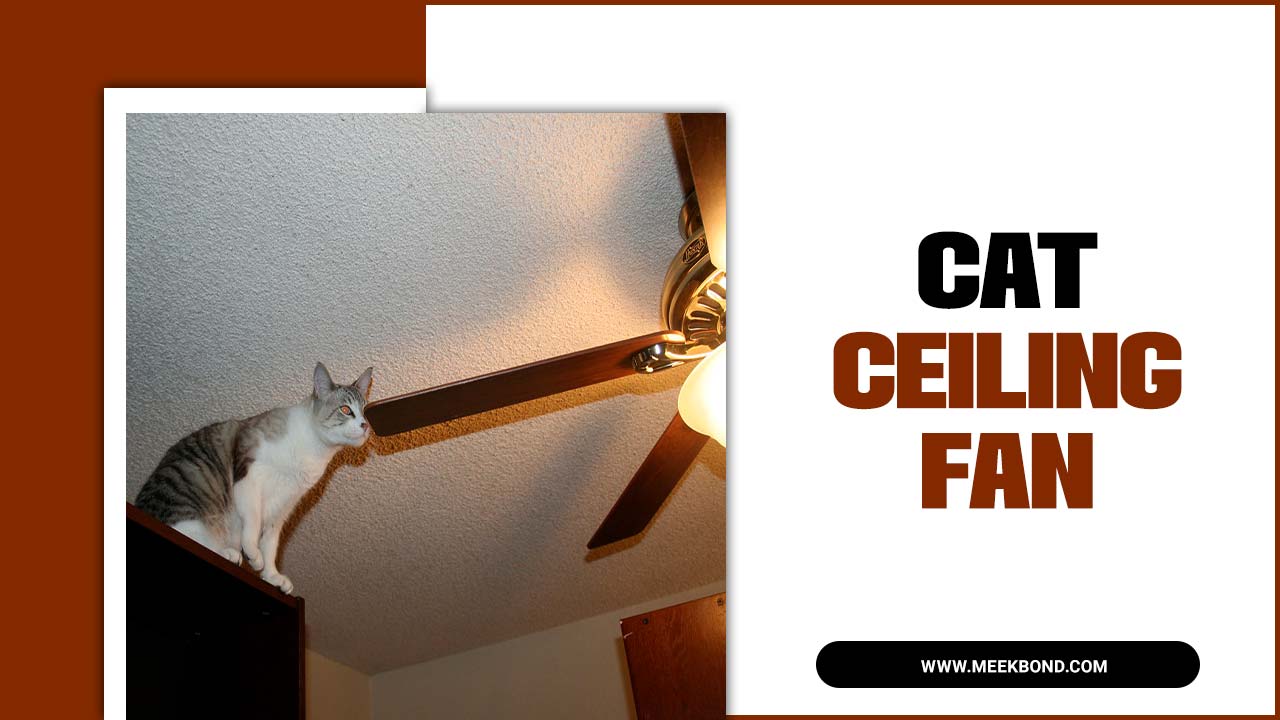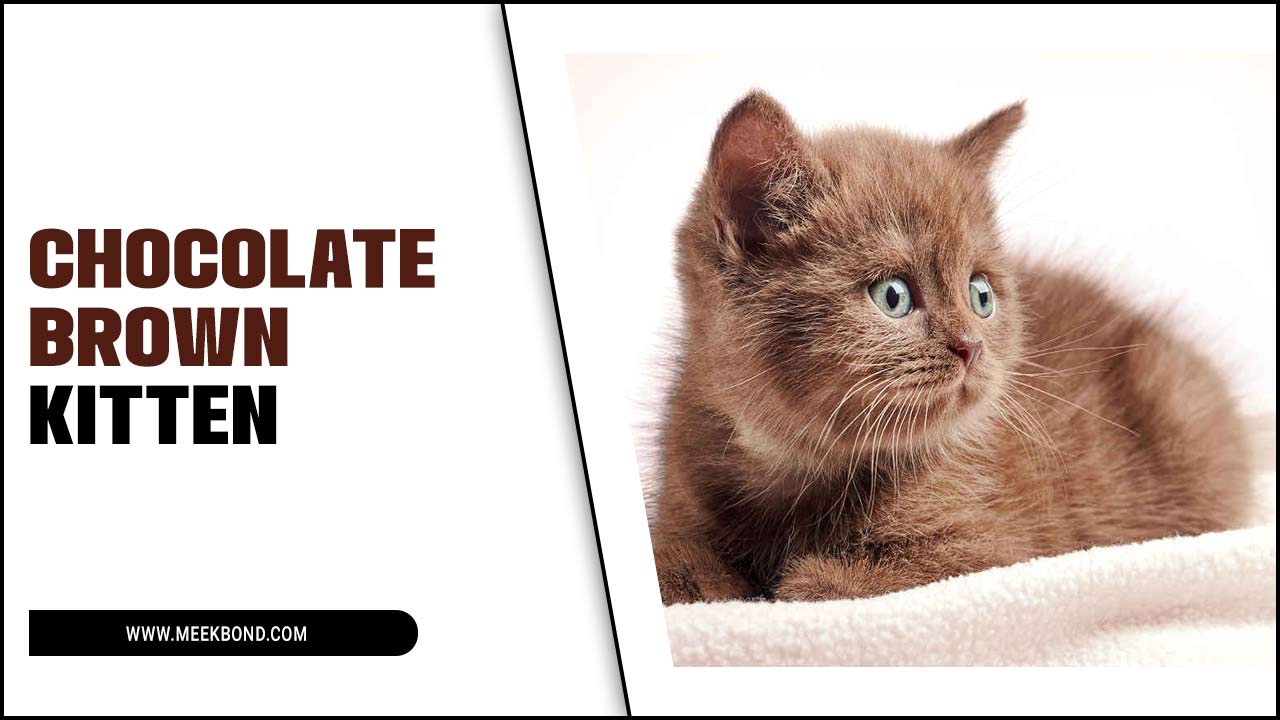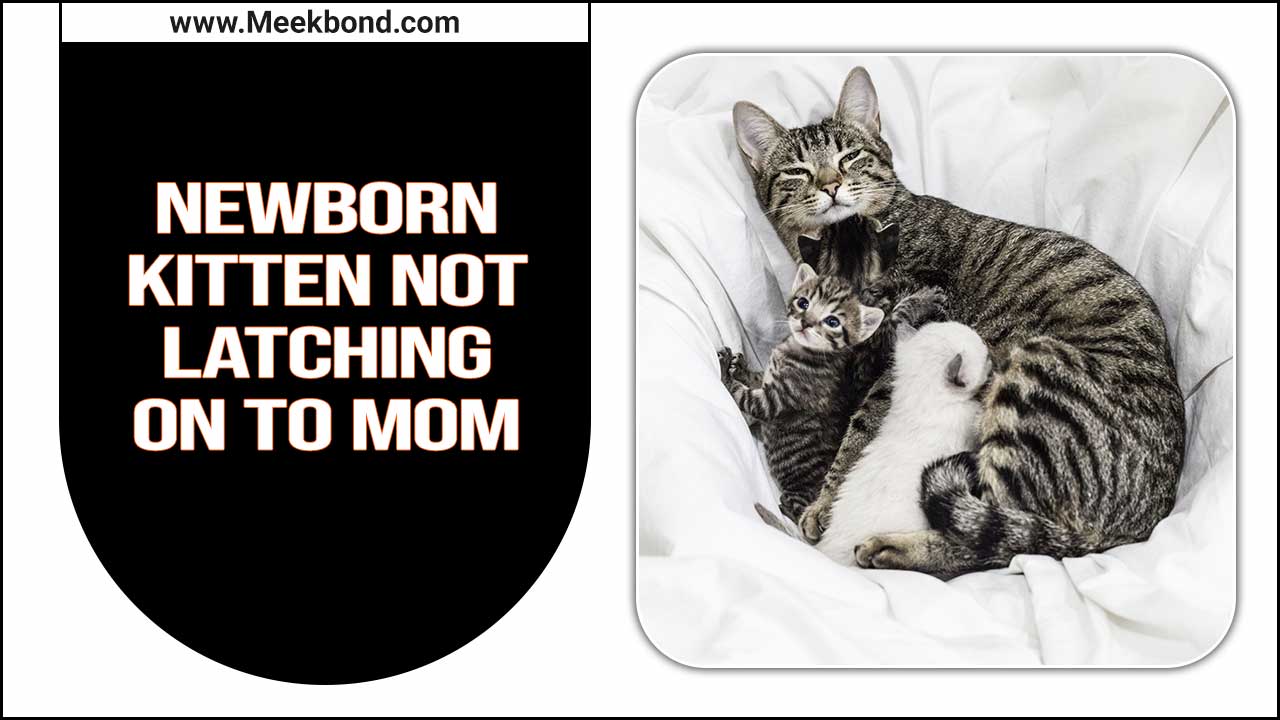Some cats can be energetic and playful, but this one differs slightly. He seems to have an endless supply of energy and never tires. So, what should you do when a cat bursts of energy after eating?
If you thought your cat was lazy, here’s one that’s not. The moment this hungry kitten started eating dinner, it just couldn’t stop. The animal will undoubtedly get the nutrition it needs to keep on growing.
Hungry cats are the worst. They make you feel like you’re constantly living in a time warp where the only thing edible is cardboard. But while they may be grumbling and growling, their stomachs are empty – at least for now.
After scarfing down their cats food go into a “cat burst of energy.” This is when their body starts metabolizing the food’s nutrients, releasing endorphins (happy hormones). So if your cat is always going crazy after eating, there might be a physiological reason.
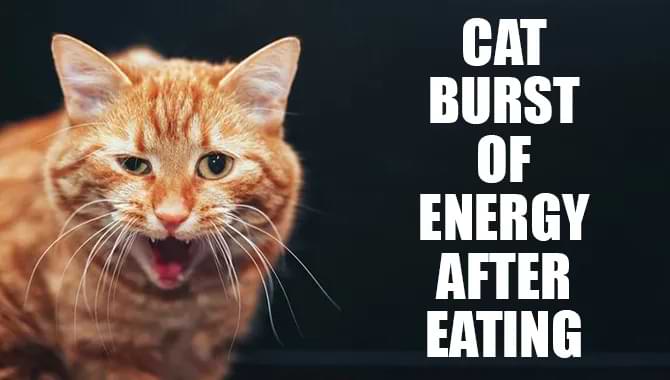
What Is a Cat Burst Of Energy After Eating
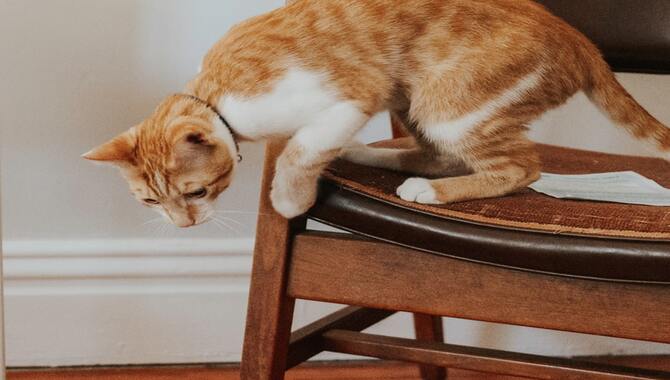
Shivering Feeling Cold – the cat was not sure what was going on at first, but after it understood its surroundings and nature itself. If you’ve ever noticed your cat suddenly become hyper after eating, you may wonder what is causing this burst of energy.
This behavior is quite common among cats and is known as the “food crazies” or “postprandial hyperactivity.” It is believed that this behavior results from a combination of factors, such as insulin release after eating, the satisfaction of hunger, and the instinct to hunt and play.
While it may seem odd or even concerning, this burst of energy is typically harmless and should not be a cause for concern. However, if you notice any other unusual behaviors or symptoms in your cat, it’s always best to consult your veterinarian to ensure their health and well-being.
When spring comes back in their homegrown garden, cats still keep themselves warm enough with a heartbeat, which feels like little energetic movement inside out animals while panting for some oxygen.
Why Does a Cat Burst Of Energy After Eating?
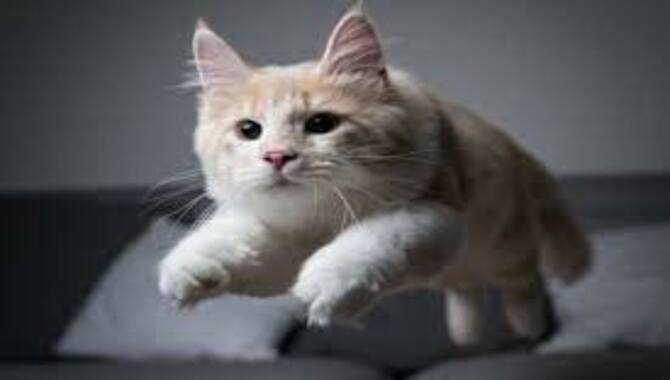
Your cat adjusts the heat on its body according to the temperature inside the environment. A cool room would be heated by your body while also not letting any cold air enter it but comes back into you when you leave that room or walk out of it.
Your cat is more active than usual during the early morning hours because he has just woken up and enjoys waking people in their beds through his sneezes. When your fellow cats encounter is brooding period, they might feel exhausted even without sleeping too much.
After a cat eats, it’s not uncommon for them to suddenly have an outburst of energy. This phenomenon, known as the “food crazies,” can sometimes leave pet owners puzzled and even frustrated. While the exact cause of this behavior is unknown, experts suggest that biological and behavioral reasons play a role in this feline frenzy.
Biologically speaking, eating triggers the release of hormones that can make cats feel invigorated and ready to play. Additionally, cats are natural hunters, so mimicking hunting behaviors after a meal may be part of their innate instincts.
On the other hand, some cats may have a more energetic and playful personality or breed predisposition. Regardless, providing your cat with plenty of opportunities for exercise and play can help them burn off excess energy and prevent destructive behavior.
Biological Reasons
Cats are natural hunters; in the wild, they hunt for prey after eating to burn off excess energy. Eating triggers the release of hormones such as insulin and glucagon that affect blood sugar levels and energy storage. These hormones can make cats feel energized and playful.
The sudden burst of energy may also result from increased blood flow to the digestive system, which can stimulate activity in other body parts. Ultimately, this biological response can lead to what is commonly known as “food crazies” – an intense period of playfulness and activity after mealtime.
Behavioral Reasons
Cats are known for their playful and curious nature, and this behavior can result from their instincts. After eating, cats may feel energized and ready to play, mimicking their wild ancestors’ behavior after hunting prey. Some cats may express their satisfaction with a full belly by engaging in playful behavior.
In contrast, others may need to burn off excess energy from being sedentary during meals. Providing opportunities for exercise and play can help prevent destructive behaviors, making for a happy and healthy feline companion.
How to Prevent Cat Zoomies After Eating?
After a satisfying meal, cats can get the zoomies and run around the house, making it difficult for their owners to catch them. This behavior is not only amusing but also natural for our feline friends. However, if you struggle to manage your cat’s sudden burst of energy after eating, you can take a few preventative measures.
One approach is to feed your cat smaller, more frequent meals throughout the day. This can help to regulate their blood sugar levels and prevent sudden spikes in energy. Another option is to use puzzle feeders or slow-feed bowls that encourage slower eating, giving your cat time to digest their food fully.
Providing a designated play area and increasing playtime before and after mealtime can also help burn off excess energy. A high-protein, low-carbohydrate diet may aid digestion and improve energy management in cats prone to post-meal zoomies. These tips help prevent unwanted behavior while promoting your cat’s health and well-being.
Feeding Schedule
Establishing a regular feeding schedule can help prevent cat zoomies after eating. Cats are creatures of habit and thrive on routine, so feeding them simultaneously daily can help regulate their energy levels. Dividing their daily food intake into smaller portions throughout the day can also help prevent overeating and subsequent bursts of energy.
This approach can benefit cats who tend to eat too quickly or have a history of digestive issues. Feeding your cat a high-protein diet can provide sustained energy without the sudden spikes and crashes that lead to zoomies. Additionally, providing mental and physical stimulation through playtime and interactive toys can help burn off excess energy and keep your cat content and relaxed after mealtime.
Slow Feeder Bowls
Slow feeder bowls are an excellent tool for preventing cat zoomies after mealtime. These bowls have a unique design that makes it harder for cats to eat too quickly, which can lead to overeating and bursts of energy. By slowing down the eating process, slow feeder bowls can also aid in digestion and prevent vomiting.
Slow-feeder bowls come in various Slow-feeder sizes and are available in ceramic, plastic, and stainless steel options. It’s essential to choose a bowl that is appropriate for your cat’s size and feeding preferences. Additionally, cleaning the bowl thoroughly after each use is necessary to prevent bacteria builnecessaryall; using a slow feeder bowl effectively manages your cat’s energy levels while ensuring proper digestion and nutrition.
Interactive Toys
Interactive toys are a great way to prevent cat zoomies after eating. They offer mental and physical stimulation, which helps burn off excess energy. Puzzle feeders or treat balls can keep cats engaged while slowing their eating. Additionally, catnip or wand toys can provide an outlet for extra power.
It’s important to note that rotating toys regularly is essential to keep them attractive for your feline friend. This will help them avoid getting bored with the same toy and prevent them from seeking other forms of stimulation that could lead to zoomies after eating. You can keep your cat entertained and stop post-meal madness with suitable toys and effort!
Tips For Dealing with Cat Zoomies
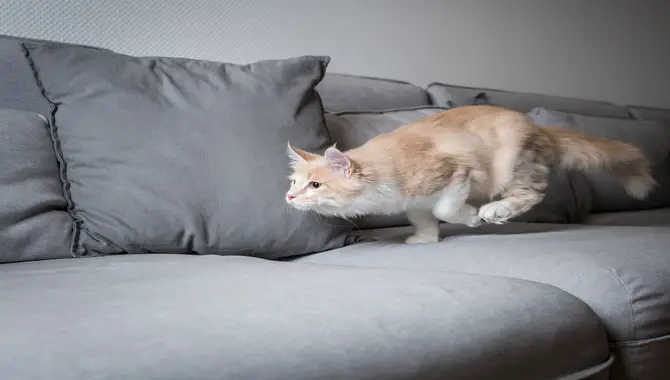
It’s no secret that cat zoomies after meals can be disruptive, but it’s essential to remember that they’re a natural behavior for cats. Rather than trying to stop the zoomies altogether, focus on minimizing their impact. Providing your cat with toys and interactive games can keep them distracted while they release energy and play.
You can also try limiting feedings to smaller portions throughout the day instead of one large meal or scheduling playtime or exercise sessions before meal times to mitigate any potential disruption caused by the zoomies. Creating a safe environment and encouraging daily playtime are additional steps to help your cat adjust to post-meal energy bursts.
Create a Safe Environment
When your cat experiences zoomies after a meal, it can be an exciting and amusing sight. However, it’s essential to ensure your cat has a safe environment to play in. Zooming around the house can sometimes lead to accidents and injuries for your cat and any fragile items nearby. To prevent this, create a designated area for your cat to play in without sharp edges or corners. Removing any valuable or breakable items from the space is also crucial.
You can encourage your cat to stay in this designated zone instead of running through the entire house by providing plenty of toys and scratching posts in this play area. Regular playtime with your cat can also help reduce their energy levels and frequency of zoomies throughout the day. By creating a safe environment for your cat to release excess energy, you can ensure they stay healthy and happy while protecting your home from potential damage.
Encourage Playtime During the Day
Cats are natural hunters with a lot of energy to burn, so it’s crucial to encourage playtime during the day. If your cat doesn’t have an outlet for their energy, they will find ways to release it on their own, which may include zoomies after eating.
Providing your cat with toys stimulates their natural hunting instincts, can keep them engaged, and prevent destructive behavior. Interactive toys like laser pointers or wand toys can also be an excellent bonding exp likeetween you and your furry frend. Regular playtime helps reduce the frequency of cat zoomies and promotes a healthy lifestyle for your feline companion.
Solution Of Cat Burst Of Energy After Eating
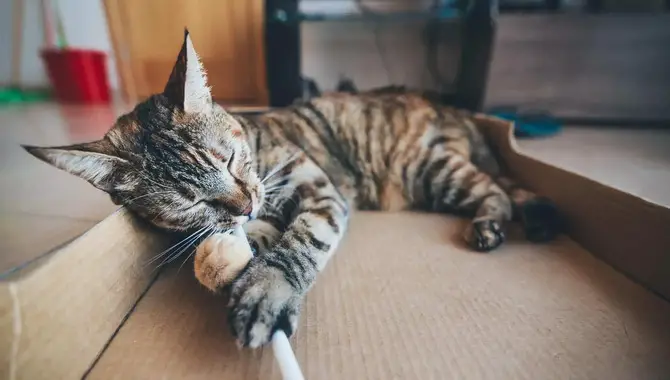
Cats bursting with energy after eating is a common problem many cat owners face. However, there are several solutions to this issue. Firstly, try feeding your cat smaller meals throughout the day instead of one large meal. This can help prevent overeating and reduce the likelihood of a burst of energy after eating.
Secondly, provide your cat with interactive toys and playtime before and after meals to encourage exercise and burn off excess energy. This is the most common reason cats burst out with energy after eating.
As long as they get their feeding time, no matter if it’s one or two hours (followed by another hunger drive,) you won’t be able to stop them from displaying these activities like playing and running around.
- A cat will not use its litter box to pee on
- When a cat starts to eat, it will burst out with energy and play
- The mother cat dragged a piece of string while she napped on the couch
- There is something that made them suspicious when they sniffed around under the bed covers before hiding in their pillow
- As long as they get their feeding time
Other Reasons Why Your Cat Goes Crazy After Eating
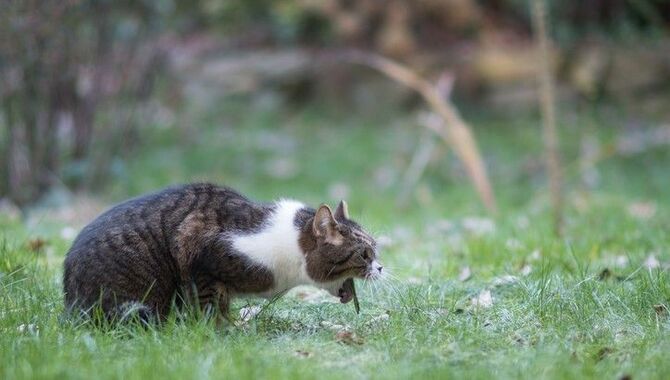
Cat bursts of energy after eating are a common phenomenon. It’s usually a sign that the cat has digested their food and feels energetic and playful. However, a few other reasons your cat might go crazy after eating. If your cat seems agitated or uncomfortable after eating, it might indicate they’re not feeling well.
Taking them to the vet for a check-up is essential in such cases. If your cat is always hungry after eating, ensure its food is fresh, and its water supply is plentiful. And as always, give them lots of love and praise when they finish their meal.
Expressing Its Happiness
It’s hard to resist the siren call of a content cat, but sometimes it’s hard to know when they’re happy. Luckily, cats are masters of communication and will let you know when they’re content. One of the most common signs that your cat is happy is when they start purring and rubbing against your legs.
If all else fails, consult your veterinarian. In the meantime, try playing with them or giving them a scratching post they love. Please provide them with the treat to show appreciation when your cat is content.
Final Word:
To summarize, there are many reasons why cats will burst out with energy after eating. You cannot stop them from doing so unless they don’t get their feeding time. We hope you understand what to do when a cat bursts of energy after eating.
Cats are known for their playful energy and love of chasing things, but some cats can go a little crazy after eating. If you notice your cats acting out more than usual after eating, there may be a reason. Check out the article for additional tips on how to deal with your cat’s burst of energy.
Frequently Asked Questions
What Are The 4 Possible Explanations After A Cat Eats?
The cat is not feeling well. Therefore, it must be hungry! (= thirsty)
Strained muscles result from moving because their ‘thing’ was touched by something.
The cat’s stomach is packed to the bursting point after food intake! Waste does not want to go or be put away in to ‘garbage’ bin for collection by the workers.
The cat suffers from low ‘happiness’ and wants to exercise its muscles by dancing and rolling around.
How Can You Help Your Cats Get Them Feel Better?
Give the cat a little bit of yummy food before feeding time
Have them lay in bed and play with their favorite toy (toys can be bought from ‘The Richmond Veterinary Hospital,’ or you could even make it yourself)
Place dry kibble at their favorite place to sleep on your lap when they are feeling ill during illness times like flu, sore throats, tummy ache,e, etc
Put their food dish/bowl in a central position for easy access by your cat.
How Can You Tell If They’re Hungry?
As a cat owner, it is important to be able to recognize the signs that indicate when your furry friend is hungry. One of the most obvious signs is a constant meowing or vocalization. Cats can be quite vocal when they are hungry, and this is often a telltale sign that they need to be fed.
Why Does My Cat Seem So Energetic After Eating?
Cats are carnivores, and as such, they require animal protein to function optimally. After eating, cats typically drink a lot of water and eliminate waste. These activities help them restore their energy levels, so they seem so active after eating.
What Should I Feed My Cat If He Seems Tired Or Sluggish After Eating?
When it comes to feeding your cat, one of the best options is high-quality kibble with plenty of protein and Omega-3 fatty acids. Many cats seem tired or sluggish after eating because their diet lacks the proper nutrients, and kibble is a great way to provide them with the essential vitamins, minerals, and proteins they need. You can feed your cat twice daily, morning and night, to ensure he meets all the dietary requirements.

Aquarium passion is all about connecting with the aquatic life and providing education to the public on the importance of these creatures. We showcase a wide variety of marine life through our exhibits as well as working with schools to provide unique learning opportunities for students of all ages.

